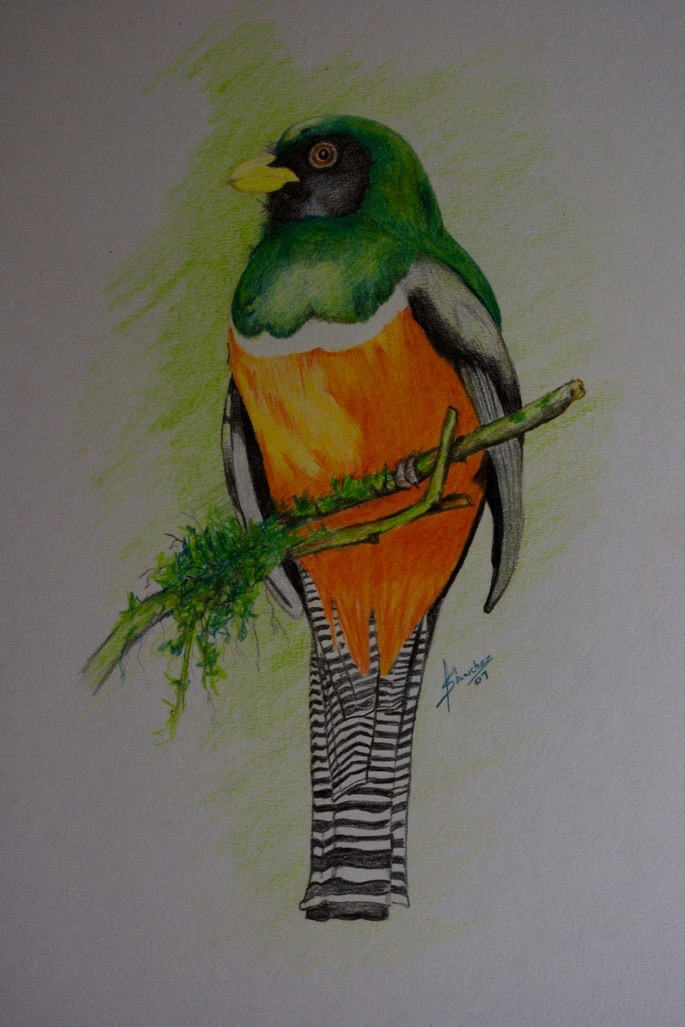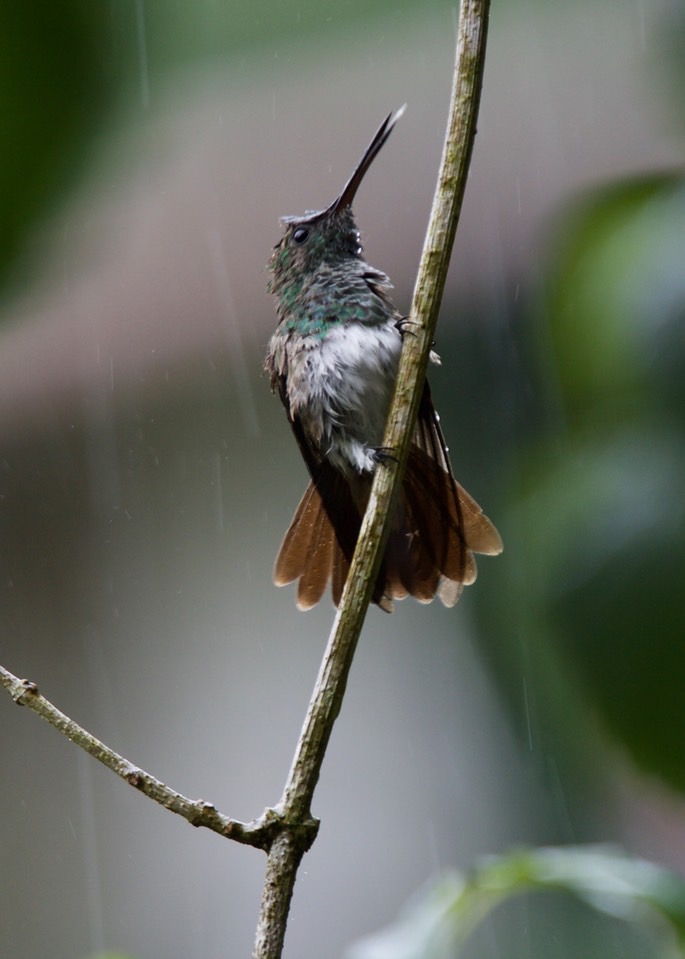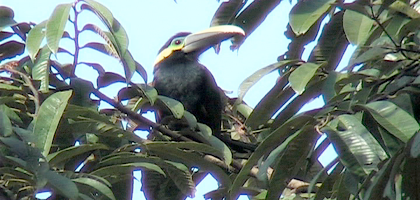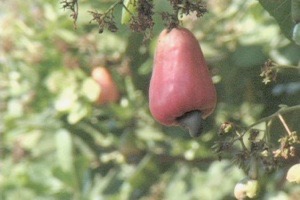In April 2007 I spent three weeks recording video and taking photographs in Panama, mostly near the Panama Canal. My bases of operation were the Canopy Tower and Canopy Lodge. Two excellent locations with good food, accommodations, and guides.
At the bottom of this page there is a listing (and links) to individual bird species recorded on that trip. These videos are found in The Birds of Panama video portfolio. Photographs of bird species taken on this trip are found in The Birds of Panama photo gallery. A limited number of general interest photographs from this trip are included in the Panama photo gallery.
When I am in the American Tropics I often take time out to record leaf-cutter ants. There are many species of this type of ant, the following was recorded in Panama.
NOTES FROM THIS TRIP TO PANAMA
Tino Sanchez, one of the guides at Canopy Lodge, and I spent an afternoon together taking photographs and video of hummingbirds. It was a location where we did not have to move around much and could take time to sit and chat. We talked about his schooling and he offered to show me some of his drawings, including the Orange-bellied Trogon shown below - it was great to be able to sit and discuss how he approached the art of birds. We passed the day doing what we loved, I worked on my images and he took photographs trying to get the personality of various species on disk - so that he could capture the composite in pencil and paper.

While in Panama I was lucky enough to see three “life-species” of Puffbird - Black-breasted (below), White-whiskered, and White-necked. I have traveled in the Americas quite a bit so seeing three new species of Puffbird on one trip was exciting.
Some of my Puffbird sightings stand out vividly in my memory - like the White-eared Puffbird I videotaped at leisure in the Chapada dos Guimaraes of Brazil or the Rufous-necked Puffbird that my son and I documented at a nest (first record) in the southern Amazon. On this trip, the Black-breasted Puffbird stands out in my memory because I arrived at the Canopy Tower during the afternoon, put my things away and walked up to the dining level - there it was, literally the first species I saw in Panama.
As with any location, the quality of birding from the Canopy Tower observation deck varied from day to day but there were some especially exciting moments -- three Trogon species in one tree at the same time; kettles of hundreds of Mississippi Kites (photo below); and a Green Shrike-Vireo which would come out of the tangle from time to time, stand out as especially memorable.

I have told several people that my trip to Panama was not very exciting. There was some very good birding and good times and conversations with other birders - but nothing exciting.
It may have been the perfect trip at that time, I was tired from India and being at a location which did not challenge my senses was a good thing. It may be that I have simply become jaded in my old age. Take for instance, nesting birds -- I taped a number of birds at their nest on this trip (Scarlet-rumped Cacique, Sunbittern, Common Tody-Flycatcher, Rufescent Tiger-Heron, Clay-colored Robin, and Lineated Woodpecker jump immediately to mind). Seeing birds at their nest is a wonderful experience and seeing good bird behavior is an exciting thing - in a subdued sort of way -- seeing Sunbitterns on their nest at two different locations was certainly memorable, after all, just seeing a Sunbittern is the goal of many a trip to the American Tropics.
Dropping a tripod off the back of a truck was memorable too, especially watching it bounce high as we sped down the road -- Miller makes good stuff though, in spite of the gouge in the heavy metal of the tripod head it still works perfectly. It may be that was even exciting.

There were few surprises on this trip, I have gotten use to finding good birds and missing sure things. I was enclosed in a birding community cocoon, with a focus on birding. It may be that aspect that made it less exciting than other trips. Passing time with Tino (see above) was certainly as enriching as the Sunbitterns.
There are mythical birds in the world - how they get to be that way is unclear to me, but they most certainly exist. They are the species which trips are formed around, the main purpose, the target bird, etc. etc.
Having become old, the list of mythical birds has become shorter, so when I saw Sunbittern in Panama it was exciting - not because it was a Sunbittern, but because it was nesting. Still - there was a mythical bird on the Panama trip - a Pearl Kite. Like many species of this ilk it wasn’t really expected and when it was suddenly there it was wonderful, very exciting.


Like most mythical birds, I had read and heard about the Pearl Kite for years but really did not expect to see it, to much of a chance thing. But there it was, and not far either, nice views of this beautiful little kite, at mid-day in the hot Panama sun.

When I reviewed my material from the hills around the Anton Valley in Panama and was struck by the fact that I saw Yellow-eared Toucanet, a species which requires some work as well as being in the right habitat to see it (framegrab right) and a Rufous Mourner (framegrab below right), which requires all that and a lot of luck to see, in short succession one morning. It occurred to me that sometimes birding trips are like punctuated equilibrium in evolution - for long periods not much seems to happen and then boom, a lot happens.

I am not talking about the feeding flock syndrome where you walk through the jungle not seeing anything for a long time and then suddenly a feeding flock of a zillion tanager species suddenly appears. And I am not really talking about being plopped down in new habitat where everything is new for awhile. I am talking about those times when nothing seems to be happening and you are ambling along, and suddenly you are seeing great birds all over the place. Punctuated Birding.
The other Toucanet in the Anton Valley near El Valle is the Blue-throated Toucanet (depicted as Emerald Toucanet in the pre-split “Birds of Panama” 2nd Edition by Ridgely and Gwynne). It is the more common of the two, or at least its habitat is easier to reach - it is often difficult to distinguish between the two (easy and rarity) on a guided birding trip.
The guides furnished by Canopy Tower and Canopy Lodge are excellent, they know the birds, the calls, and the territory. I ran in to an interesting phenomenon with one, however, and it had to do with the Blue-throated Toucanet. I did not know that it had been split from the Emerald Toucanet but had heard that it might be at some point. I asked about this and all I could get is that the bird we were seeing was the Blue-throated Toucanet. The guide had learned the bird this way and did not know it by its pre-split name. Nor did he know the geographic range and variation (within the then singular species) of Emerald Toucanet which eventually was too great - leading to the split.

I was reminded of this while sitting on a ridge overlooking the Deschutes River in Oregon, USA. As Rebecca and I enjoyed the wind and the relief from the reflected heat of the trail the conversation drifted to archeology and that aspect of human nature which leads us to declare “facts”. -- As in, maize was introduced into northern Mexico about 700 years before present (a fact!) later amended to 1000 years b.p. (also a fact!).

In the case of the Toucanet it was an Emerald Toucanet (a fact!) - although recognized as a subspecies (by Ridgely and others) - until it became a Blue-throated Toucanet (a fact!) - framegrab above. My rant is not against the evolving nature of knowledge but rather our propensity to claim greater knowledge and wisdom than we really have. It is okay to understand and act upon the set of “facts” that we know at any particular time, it is not okay to believe that those “facts” will not morph over time - for all sorts of real and unreal reasons.
The biggest herb in the world is one of the main food stuffs of humankind. Generally referred to as “banana” it is the largest non-woody plant on earth. Bananas originated in Malaysia and their cultivation is thought to predate that of rice. Its importance as a foodstuff in the world is surpassed only by rice, wheat, and maize. Work on its genome continues and was one of the first studied.

So much for factoids. What I wanted to write about is the diversity of foodstuffs that I have encountered in my travels. Many times I have had the opportunity to eat a fruit or vegetable which I did not recognize. Often the taste and textures are very different to what I have grown accustomed to in North America. When I return to the States there is always a sense of loss at being deprived of these wonderful foods. Another aspect of food and travel is the encounter with known foodstuffs in “uncommon” settings -- like growing on a tree. The Cashew Apple (yes that is a Cashew Nut at the bottom of the fruit) is an excellent example of that. The photographs of banana and cashew were taken a few meters apart in the foot hills near El Valle, Panama.
One of the concerns I had upon “retirement” was that my mind would not be challenged - that I would miss the analysis and decision making. The “work” that I do now is different but is just as challenging. My interests have taken me into a variety of subject areas where my knowledge is non-existent or very limited. And it is fun.
One week I struggled with the identification of a World War II airplane used as a trainer and the next I have grappled with the identification of the snake in the photo right, from Panama, for instance. I made an identification in the field which I have verified now. How sure am I? I would be as careful with this snake now as I was then. This is a non-venomous snake (assuming my identification is correct) - but there have been reports of bites of this Genus resulting in reduced clotting -- the hallmark of many venomous snakes.
VIDEO OF INDIVIDUAL BIRD SPECIES RECORDED IN PANAMA